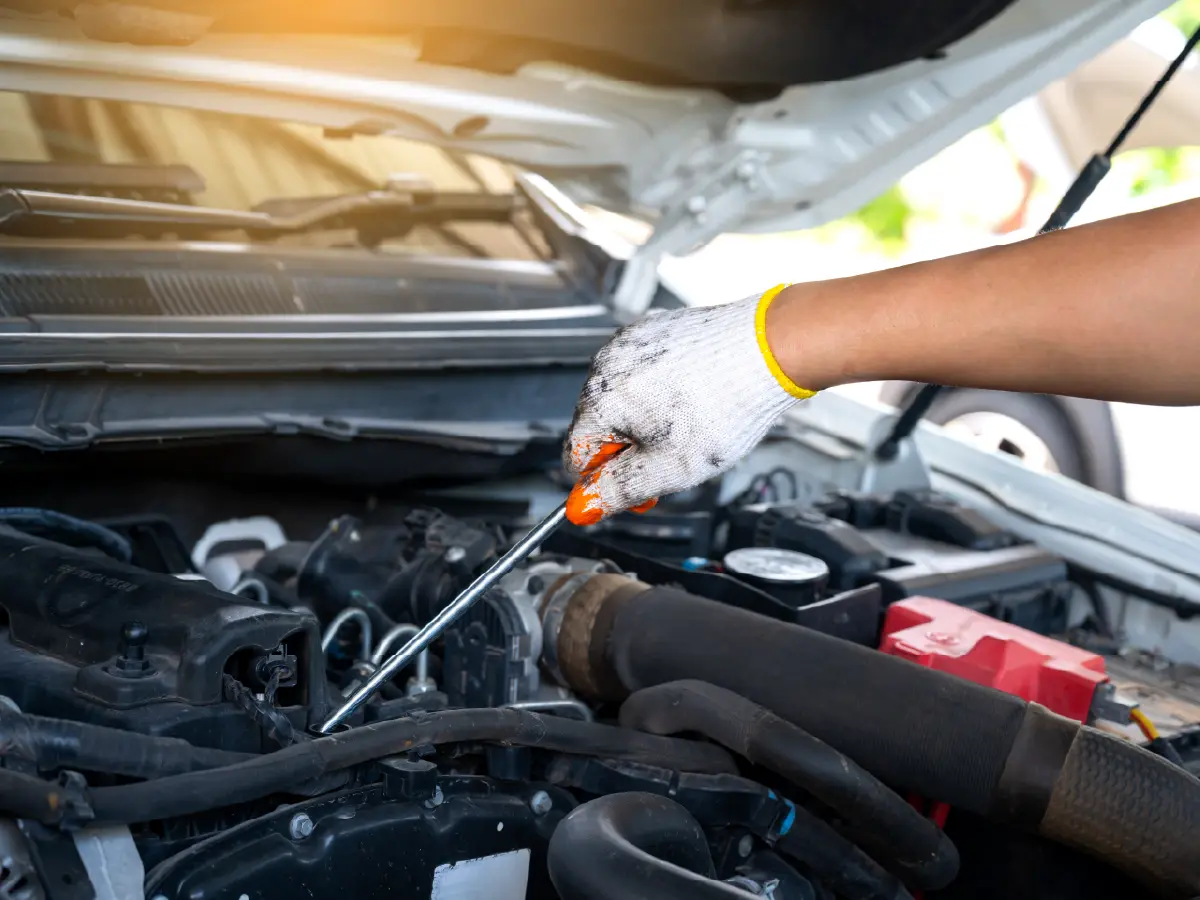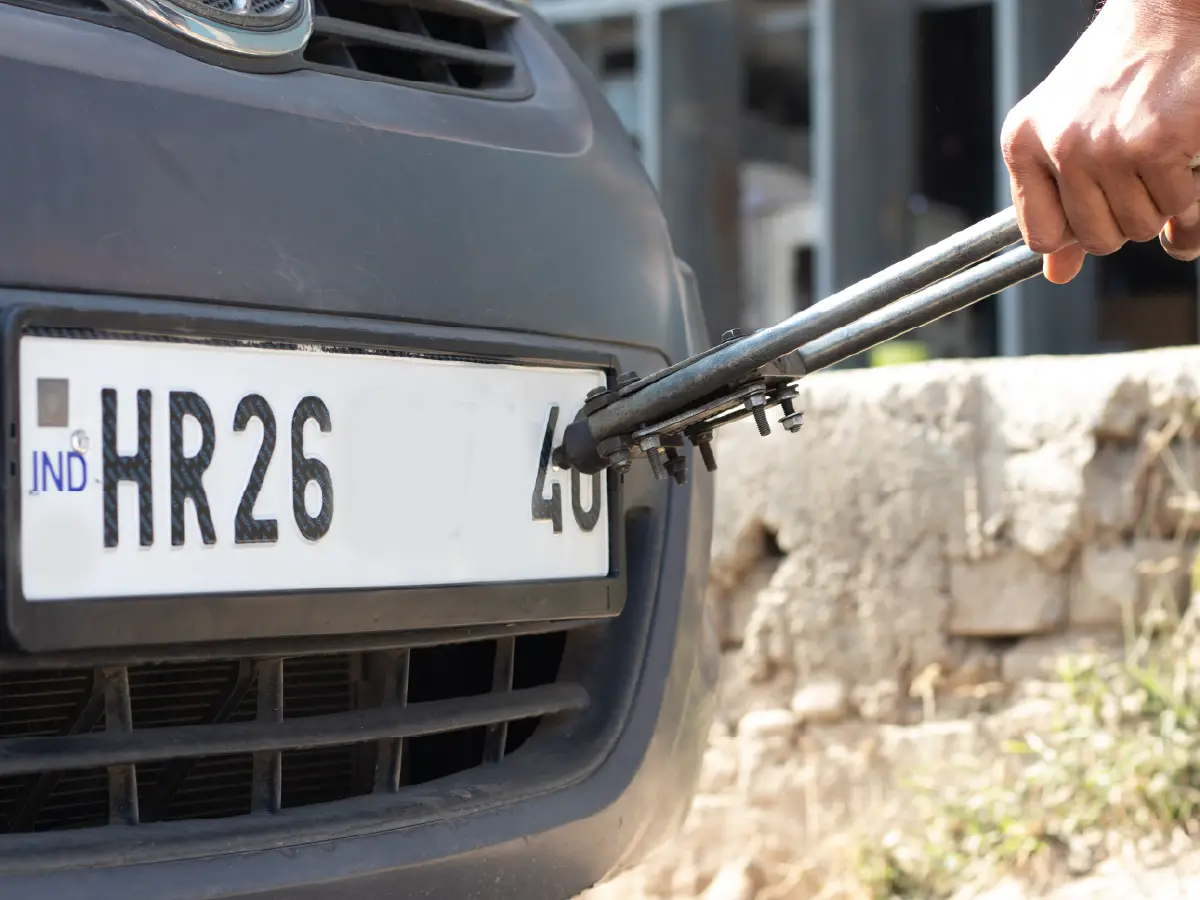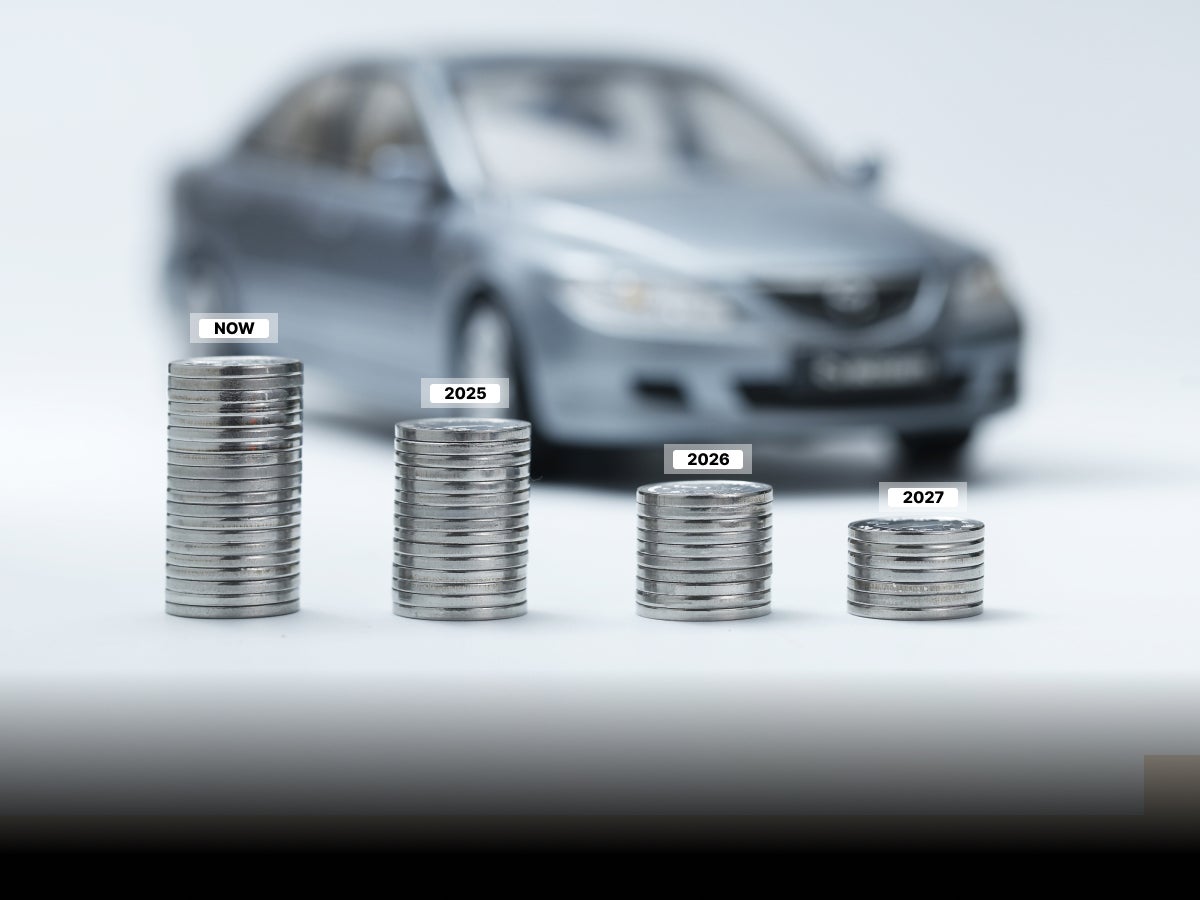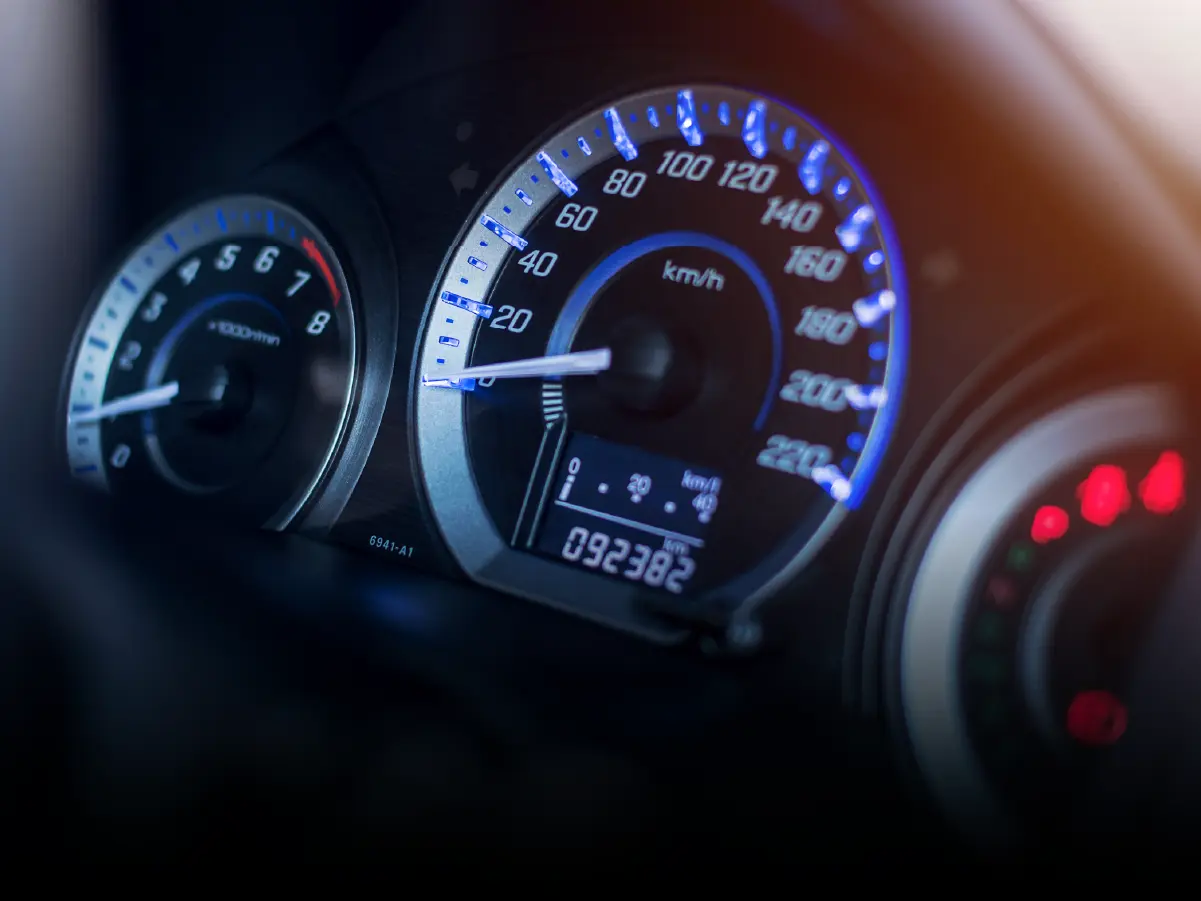

No Accident? How to Verify the Claim Through PDI Before You Regret It
- 1A proper PDI can reveal hidden damage behind “no accident” claims
- 2Paint and OBD tools expose repaints, ECU errors, and airbag history
- 3Even trusted sellers may not know their car’s full accident history
Buying a used car can feel like a treasure hunt. Sometimes you find a gem, sometimes it’s just glitter over rust. One of the most common things sellers love to mention? “No accident history.” Sounds reassuring, doesn’t it? But here’s the catch, just because someone says it, doesn’t mean it’s true. And if you’re relying on that claim alone, you could be setting yourself up for disappointment, or worse, expensive repairs.
Let’s break down why verifying that “no accident” history is absolutely crucial and how a good used car Inspection helps you separate fact from fiction.
Why Sellers May Not Always Tell The Full Story
It’s not always intentional, but many sellers don’t disclose minor accidents, paint jobs, or quick fixes. Why? These issues can bring down the resale value of a car significantly. Some sellers genuinely don’t know about past damage if they weren’t the first owner. Others? They’re just hoping you won’t notice. That’s why you need more than just their word for it.
Signs Of Hidden Damage That a Used Car Inspection Can Uncover
When you do a proper PDI, especially one done by professionals, it’s like giving your car X-ray scan. Here’s what a used car inspection can uncover:
- Repainted panels that don’t match the factory paint
- Weld marks or replaced panels in the engine bay or boot area
- Chassis or frame issues that affect alignment
- Uneven tyre wear that signals structural problems
- Dashboard warning lights that might be temporarily disabled
Why DIY Inspection May Not Be Enough
Sure, you can walk around the car, check for scratches, and even take it for a short spin. But serious past damage isn’t always visible. You won’t spot a replaced suspension component or a patched-up crumple zone with your eyes alone. That’s where diagnostic tools and expert evaluation come in.
How OBD Scans and Paint Thickness Tools Tell the Whole Truth
Professional inspectors use devices like OBD scanners to dig into the car’s digital memory. These can reveal airbag deployments, ECU errors, and tampering. Paint thickness gauges help detect uneven coating that points to repainting, something that often follows accident repairs. Together, they tell a far more complete story than a seller ever could.
When There’s a Mismatch in the Claim and the Report
If a seller claims “no accidents,” but the PDI report says otherwise, don’t panic, negotiate. Use the inspection report as leverage. You might score a better deal if the damage is cosmetic or already repaired properly. But if the report flags major structural damage, it’s usually safer to walk away.
Trust Sellers, But Always Verify
The takeaway here is simple: Don’t skip the verification step. Even a trustworthy-looking seller may be unaware of past repairs. And in a market where each used car has a unique story, the only way to read between the lines is through a solid inspection.
Use CARS24 for Complete Peace of Mind
At CARS24, we offer full inspection reports that reveal everything, from structural flaws to hidden electronics issues. Our certified experts use advanced tools to make sure you never walk into a bad deal blindly. We believe your peace of mind should come before the purchase.
By insisting on a professional PDI and not taking "no accident history" at face value, you’re not just buying a car, you’re buying confidence, safety, and the assurance that your hard-earned money is well spent.
Frequently Asked Questions
Expand all



























